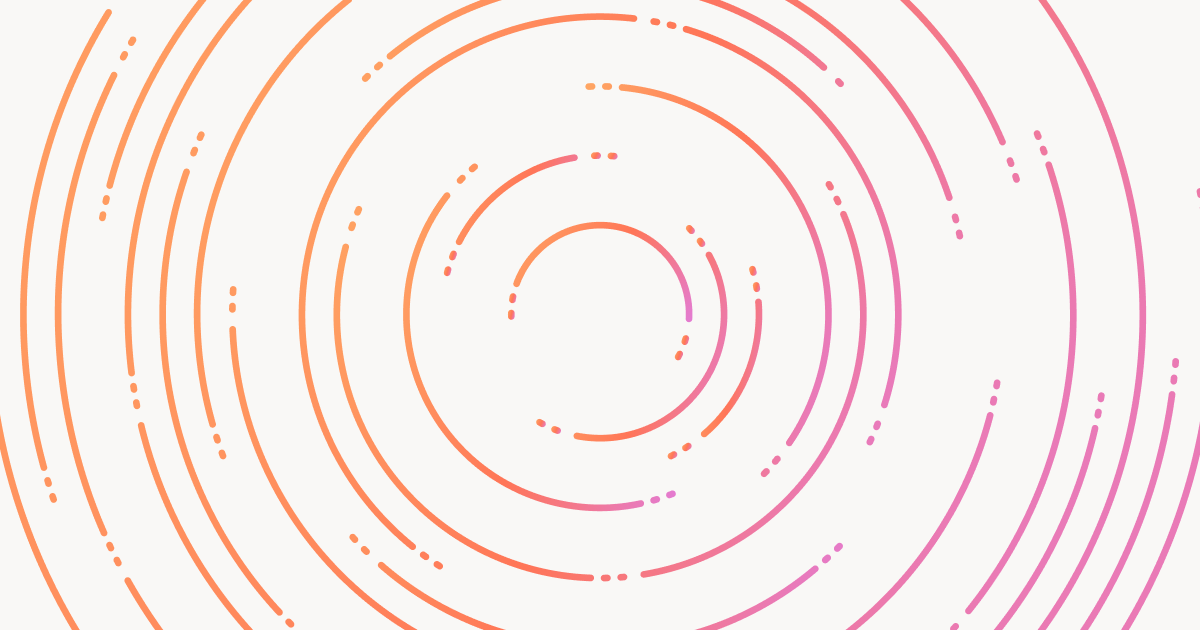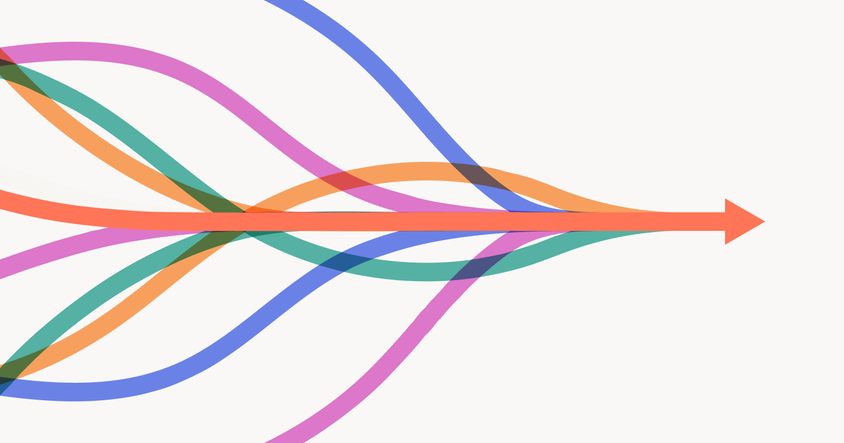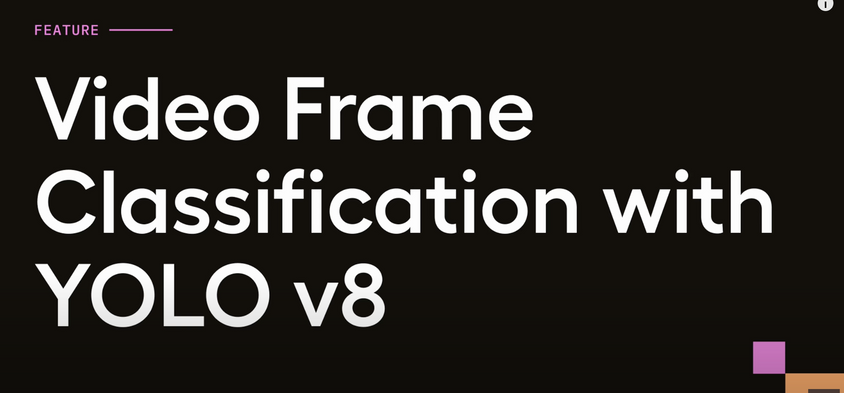SAM2 vs YOLO for Bounding Box Labeling: Which Should You Use?

If you’re setting up AI-assisted image labeling with bounding boxes, two names come up often: Segment Anything Model 2 (SAM2) and YOLO. They’re both strong performers, but they’re built with very different goals in mind. Understanding those differences will help you choose the right model for your workflow.
Different Purposes, Different Strengths
SAM2 is a general-purpose, class-agnostic segmentation model. Give it a point or a rough bounding box as a prompt, and it can outline virtually any object, even one it’s never seen before. It’s trained on massive amounts of image–mask pairs, which means it’s very good at precisely cutting out shapes, but it doesn’t “know” what those shapes are. The trade-off is that it’s designed for interactive labeling rather than bulk automation.
YOLO, on the other hand, is an object detection model built to instantly output bounding boxes for a fixed set of categories. It’s pretrained on datasets like COCO, but you can retrain it for your own classes. The key is that YOLO’s vocabulary is fixed until you retrain, so it’s a strong choice when you have a well-defined set of objects to detect at speed.
How This Plays Out in a Labeling Workflow
If speed is your priority, YOLO usually wins. Once trained, it can scan an image and immediately draw bounding boxes for every object in its category list, without any user input needed. This makes it a natural fit for large datasets or real-time applications.
SAM2 moves more slowly, but it offers precision and flexibility. Click on a point in an image and SAM2 will generate a mask that hugs the object’s exact boundaries. If your end goal is still a bounding box, you can derive one from that mask, but the real value is in the pixel-perfect segmentation, especially if you need to label irregular shapes or fine details.
Direct Comparison
| Feature | SAM2 | YOLO |
| Primary purpose | Class-agnostic segmentation, optimized for interactive labeling | Class-specific object detection, optimized for speed |
| Output | Pixel masks (boxes can be derived) | Bounding boxes (+ masks with YOLOv8-seg) |
| Category handling | Works on any object without retraining | Fixed set; retraining needed to expand |
| Labeling speed | Slower, with user interaction | Instant auto-labeling for known classes |
| Precision | High, pixel-perfect boundaries | Moderate, bounding boxes only |
| Hardware needs | GPU recommended, large model | CPU or GPU, lightweight variants available |
| Best fit | Flexible, high-precision tasks with changing categories | High-volume, speed-focused workflows with fixed categories |
Choosing the Right Model, Or Both
Ultimately, it’s about matching the model to your workflow.
- SAM2 shines when you need flexibility, labeling objects outside a fixed set of categories, and when precise boundaries matter as much as speed.
- YOLO is ideal when your categories are well-defined and you want to generate bounding boxes quickly, whether for high-volume datasets or real-time applications.
In many cases, the best results come from using them together: YOLO for rapid first-pass detection, followed by SAM2 to refine object boundaries or handle the unexpected. This way, you get the speed of YOLO and the precision of SAM2 without compromising on either.
Using YOLO or SAM2 with Label Studio
Both YOLO and SAM2 can be integrated directly into Label Studio via the ML backend for AI-assisted labeling. Once connected, they can automatically pre-label tasks in your project, either generating bounding boxes (YOLO) or high-precision masks (SAM2), so your team can focus on reviewing and refining rather than labeling from scratch.
- YOLO Integration: YOLO ML Backend for Label Studio
- SAM2 Integration: SAM2 ML Backend for Label Studio
By pairing the right model with Label Studio, you can speed up labeling without sacrificing quality, whether you prioritize fast bounding box generation, precise segmentation, or a hybrid of both.


